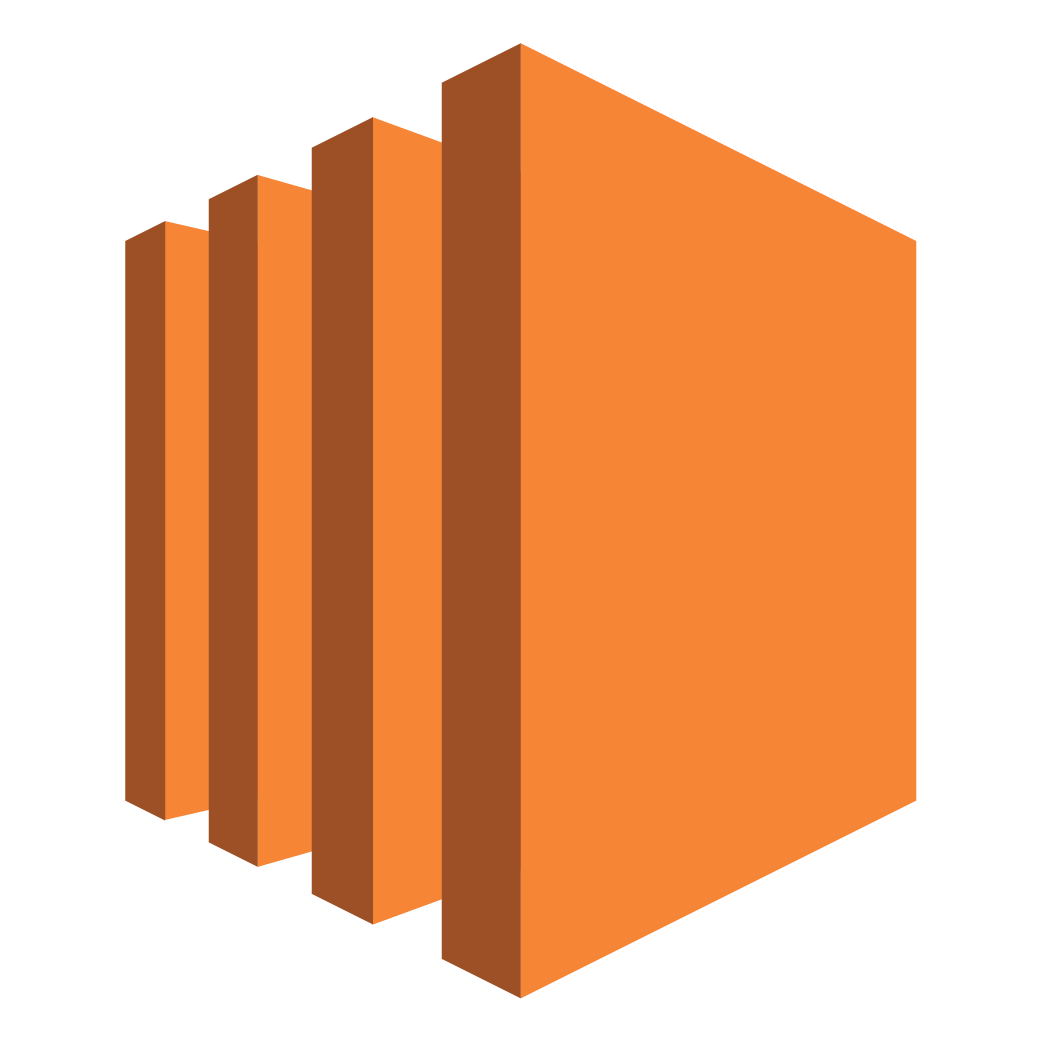
The prevalence of cloud computing is undeniable; cloud computing generated almost $400 billion in revenue in 2021 alone, globally. One of the largest players in the cloud computing market is Amazon Web Services (AWS), and they have a wide array of services, including Amazon EC2.
Amazon EC2 (Elastic Compute Cloud) is a service that provides scalable compute capacity in the cloud, making web-scale cloud computing simpler for developers and other users demanding high levels of performance.
This article will explore the capabilities and major features of Amazon EC2, look at the pricing plans available, explore some use cases, and see how the service has been received by customers.
Read more: Cloud Security for Virtual Machines & Containers
Amazon EC2 Features
Amazon EC2 provides customers with a wide array of features that facilitate their workload and cloud computing needs. These features include:
- Instances in multiple locations: EC2 lets customers have instances in multiple locations in a single region or in more than one region. Having more than one instance in a single region helps to mitigate failures, while having instances in more than one region helps protect against losses due to latency.
- Choice of operating system (OS): There is a lot of choice when it comes to configuring EC2 instances with an OS. Available operating systems include Microsoft Windows, Ubuntu, CentOS, SUSE, and Debian.
- Per-second billing: With EC2, you won’t have to worry about being charged for what you don’t use, which allows you to focus on development — rather than focusing on using up a fixed usage allotment.
- Seamless scaling of capacity: EC2 provides an auto-scaling feature, which automatically scales your capacity up or down depending on conditions you define. This allows for performance to be maintained based on demand. EC2 also offers storage solutions that accommodate the unique needs of different workloads.
- Elastic IP addresses: Amazon EC2 lets users have static IP addresses that are associated with an account and not with a particular instance.
- AWS Privatelink: AWS Privatelink allows customers to access Amazon services quickly, with little lag, while keeping network traffic within the AWS network.
Read more on Developer.com: Intro to Amazon Web Services (AWS) Auto Scaling
Amazon EC2 Pricing Tiers
Amazon EC2 gives customers flexible pricing options. It’s best to head directly to Amazon’s EC2 pricing page for exact figures, but here’s a breakdown of the tiers available.
Free Tier
The AWS free tier provides 750 hours of Windows and Linux t2.micro instances every month within a year. Only Micro instances must be used in order to stay within the free tier. A Micro instance is a low-cost instance designed for lower throughput applications and websites that may periodically have significant computing demands.
On-Demand Tier
The On-Demand tier allows customers to pay for their computing services from EC2 per hour or per second, depending on the instances they’re running. This tier doesn’t require long-term commitments or upfront payments, and it allows customers to increase their compute capacity on demand. On-Demand pricing starts at $0.0042/hour.
Spot Instances Tier
Amazon EC2 Spot Instances let users purchase unused EC2 capacity at a discount of up to 90% when compared to On-Demand pricing. Spot Instances is more suitable for uses such as stateless, fault-tolerant, or flexible applications. These include applications like big data, web servers, and high-performance computing.
Savings Plans
Savings Plans give customers flexible options for low-cost computing packages in exchange for a commitment to a consistent amount of usage for one to three years.
Dedicated Hosts
Customers can choose to purchase a dedicated EC2 server on an hourly basis, or as a reservation, for up to 79% off of the On-Demand price.
Read more: Best Cloud Based Services & Companies
AWS EC2 Use Cases
EC2’s flexibility and affordable pricing makes it a solid option for a variety of uses.
Hosting
Whether it be software, applications, or websites, Amazon’s EC2 provides a dynamic and scalable environment that can cope with the possible spikes in demand that come along with hosting.
High-Performance Computing
More organizations, and even researchers, are using EC2 to perform high-performance computing functions. EC2 provides users with both high-performance networking and computing functionality, making it suitable for tasks such as big data analytics and processing.
Development and Test Environments
EC2 is ideal for large-scale testing and development applications due to its scalable nature. Without a cloud computing solution, this kind of endeavor requires large upfront investments in hardware.
Banking and Financial Sector
Banking and financial applications naturally require a high level of security. In addition to being scalable, Amazon EC2 offers the necessary security for businesses in this sector, including retail and commercial banks, credit unions, insurance providers, and credit card services.
Amazon EC2 User Reviews
Amazon EC2 is rated highly by users thanks to its high availability and scalability. However, some complaints noted a little bit of lag in the UI.
G2: 4.5/5
Trust Radius: 8.2/10
Capterra: 4.6/5
Why Choose AWS EC2?
Most users hold Amazon EC2 in high regard. The platform’s scalability, high performance, and competitive pricing make it an appealing option for users who have demanding requirements. These users may fall under areas such as the banking and financial sector, high-performance computing, development and test environments, and even hosting.
Read next: Edge Network: How to Build an Edge Computing Network

